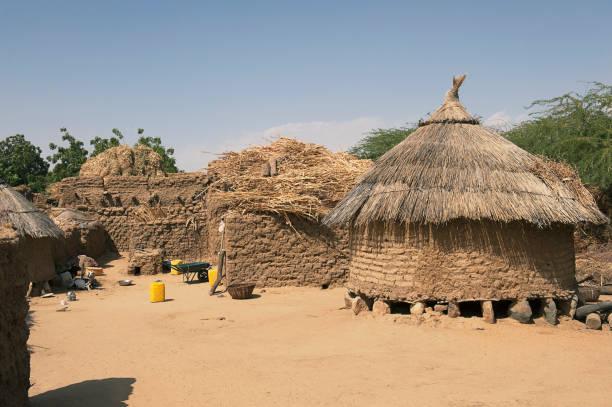
Analysis of Indigents Selection by the Community: A Construction Inequality
Burkina Faso conducted a community selection of the indigent in eight health districts. The selection targeted 15% to 20% indigent per district. This study analyzed the data of this selection from the databases of the Ministry of Health. Descriptive analysis and time series modeling were performed.
Indigents were predominantly female, heads of household were mostly elderly, and the average age of household members ranged from 21.9 to 29.8 years. The households were small. Indigents were mostly uneducated and employed. They all belonged to a given religious denomination, Muslims were the most numerous. The majority of the indigents were married and almost a quarter of them were widows. About 2% to 17% of indigents were selected depending on the district. Forecasts showed both an increase and a decrease in the use of health care by indigents. The study recommends considering the poverty level specific to each district when selecting, strengthening education policies targeting the indigent, improving the socio-health conditions of the indigent including specific actions considering age, sex and marital status, and the formulation of an employment policy targeting the indigent. Analyzes of the relationship between poverty and religion may allow the exploitation of religious capital for the benefit of the indigent.
L’étude est disponible ici : https://revue-rasp.org/index.php/rasp/article/view/255
